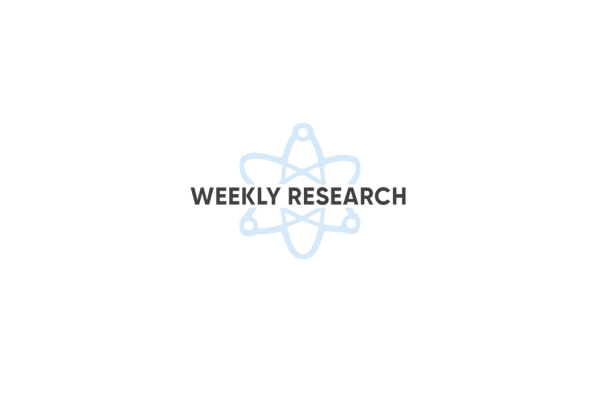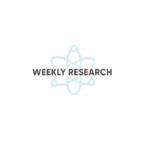Remote patient monitoring (RPM) technology offers many potential benefits for improving patient care and outcomes in primary care settings. However, a new qualitative study highlights some challenges of remote patient monitoring that must be addressed to enable broader adoption and sustainable implementation.
RPM involves patients using devices like blood pressure cuffs, continuous glucose monitors, weight scales, and other sensors at home that automatically transmit vital signs and health data to their clinicians. This allows primary care physicians to continuously monitor patients with chronic conditions like hypertension, diabetes, heart disease, and obesity between office visits.
Benefits of Remote Patient Monitoring
One of the many benefits of remote patient monitoring is that physicians can access a steady stream of patient-generated health data to help detect issues earlier, optimize treatment plans, and improve care management for high-risk patients. In addition, remote patient monitoring can increase patient engagement by giving them a more active role in their care. RPM also reduces the need for frequent office visits for patients with mobility or transportation challenges.
Remote patient monitoring aligns with the growing emphasis on preventive care, care coordination, and population health management in value-based healthcare models. Despite these potential benefits, the study identified some key challenges of remote patient monitoring facing primary care practices, which we cover in the following sections.
Challenges of Remote Patient Monitoring
Challenges of remote patient monitoring arose in interviews with 20 primary care physicians who had implemented RPM programs. The researchers found physicians frequently cited patient barriers as a challenge of remote patient monitoring:
- Lack of digital literacy skills, especially among older adult patients, to successfully utilize RPM devices, apps, and patient portals
- Inadequate health literacy about their chronic condition and understanding of the role and benefits of remote patient monitoring
Without sufficient digital capabilities and health knowledge, patients struggled to operate RPM technologies properly and remained disengaged. Physicians noted these barriers created a significant obstacle to achieving RPM’s full potential.
Workflow Challenges
Integrating RPM data workflows was another frequently cited challenge by physicians. Common workflow hurdles included:
- Being overwhelmed by the influx of patient data from RPM devices and having difficulty establishing manageable processes for reviewing it
- The time-intensive nature of closely reviewing all incoming RPM data, with some physicians working extra hours to keep up
- There is a need for organizational changes and added staff responsibilities, such as assigning nurses or medical assistants to triage RPM data before the physician.
While worthwhile, RPM introduced significant new burdens on clinical workflows, making it challenging to incorporate seamlessly without reallocating staff duties and responsibilities.
Reimbursement Challenges
Perhaps the most frequently cited challenge of remote patient monitoring was inadequate reimbursement incentives and financial disincentives:
- Most physicians felt RPM was not profitable or revenue-generating for their primary care practice.
- Only about half of the physicians said they billed insurers for RPM services because the reimbursement rates were low compared to the workload involved.
Without sufficient financial incentives, investment in RPM technologies, training, and workflow restructuring was viewed as cost-prohibitive by many practices. Overcoming this reimbursement challenge may be critical to achieving broad adoption.
Strategies for Overcoming Challenges of Remote Patient Monitoring
To drive greater RPM adoption and create more sustainable remote patient monitoring programs, the study authors recommend the following strategies for addressing the key challenges:
- Provide comprehensive training on building digital literacy skills and health literacy education for patients and clinical staff.
- Developing optimized, replicable clinical workflows and protocols for integrating RPM data review and triage into daily practice.
- Implementing targeted strategies and support to ensure equitable access to RPM regardless of demographics like age, income, and technology access.
- Revising payment policies, reimbursement models, and financial incentives to spur investment in RPM adoption and make it profitable for practices.
Understanding Challenges in Remote Patient Monitoring Adoption
To encourage broader RPM adoption, the study authors recommend addressing these barriers through changes in payment policies, training on digital/health literacy, optimizing staff workflows, and ensuring equitable access. By doing so, healthcare organizations and policymakers can help clarify how to harness RPM’s clinical benefits and achieve higher-value care.
Click here to subscribe to Tenovi’s Research Roundup newsletter, which provides weekly insights into the evolving landscape of remote health and remote patient monitoring. If you are part of a chronic care management, telehealth, or RPM software and services company, explore Tenovi RPM solutions to enhance health system workflow. Book your free demo and consultation with us today.






